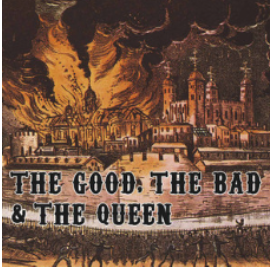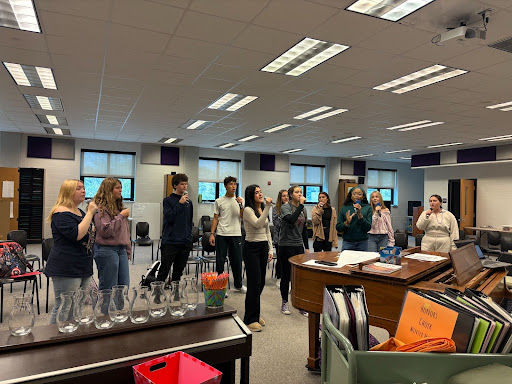
Tired of your Spotify playlists? The Purbalite is here to help with our Essential Listening series.
The alternative group Gorillaz and the Britpop band Blur can be easily recognized because of their unique vocalist, Damon Albarn. However, what many fans fail to realize is that Albarn has participated in many other projects, the most commonly overlooked being The Good, the Bad & the Queen.
The art-pop supergroup is composed of Albarn, the Clash’s Paul Simonon, Simon Tong of the Verve, and Tony Allen, who drummed in collaboration with African jazz legend Fela Kuti.
The band released two albums during their on-and-off 2005 to 2019 run. Their self-titled album, released in 2007, perfectly encapsulates the individual talents of the group members while creating a serene and unique sound.
While Alborn has an incredibly identifiable voice, the instrumentals are unique to this specific work, not being present in Alborn’s other projects.
The band’s self-titled album pays homage to the members’ recognizable styles to create a patchwork of every influence.
The track “Northern Whale” phenomenally encapsulates all of the sounds that make each artist great, while “Kingdom of Doom” exemplifies the capabilities of The Good, The Bad, and The Queen in regards to creating a distance from the members’ parent styles.
The Good, The Bad, and The Queen focuses heavily on an experimental blend of psychedelic rock and classic jazz, which likely stems from Allen’s influence. “Behind the Sun” especially exemplifies the jazz inspiration, as it is most notable for its deep baseline and slow, retro sound.
Putting aside the historical relevance of this project, the band’s self-titled album puts forth a fantastic sound, revolving around a groovy rotation of instruments and unique melodic intentions.
“The Bunting Song” is able to achieve this separation perfectly, heavy on haunting notes and featuring an under-polished production.
The lack of organization within the album adds quite a bit to its credibility, as it supports the authenticity of the work, which, truly, exists entirely as a passion project. That also might explain how this monumental work has remained relatively under the radar.
Ultimately, fans of any of the parent bands that influenced The Good, The Bad, and The Queen will enjoy the melting pot of the self-titled album – for sounds they are used to and for its many other unique aspects.













